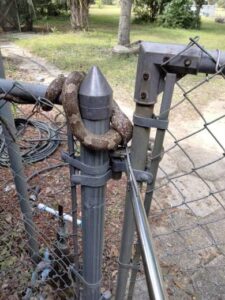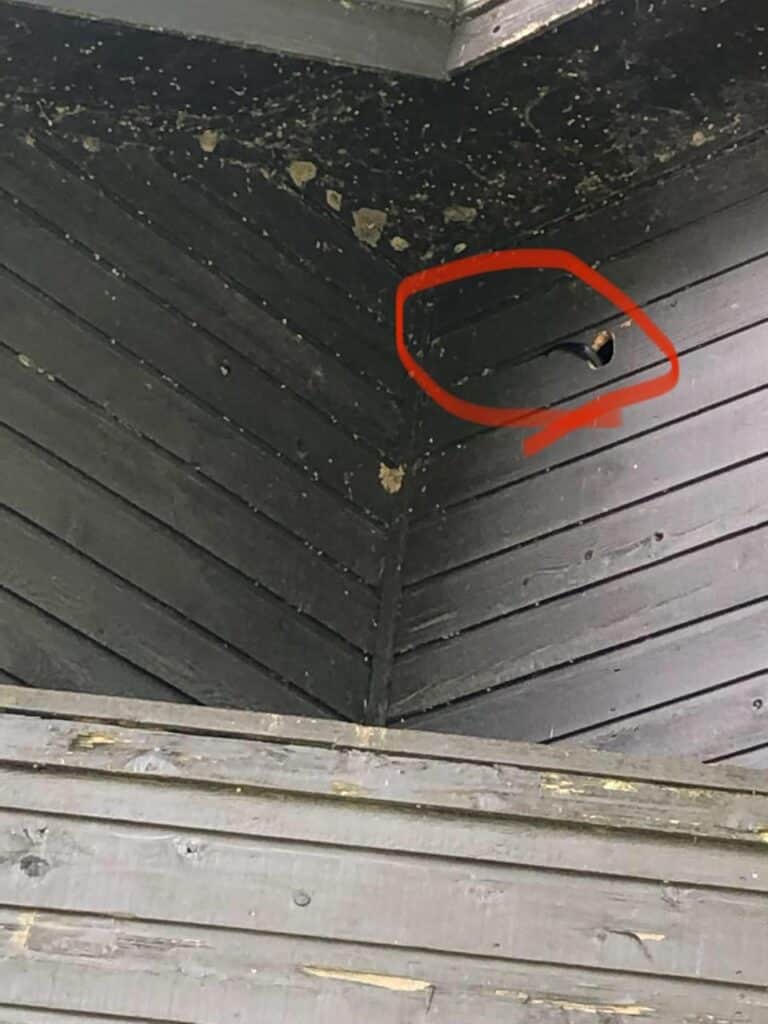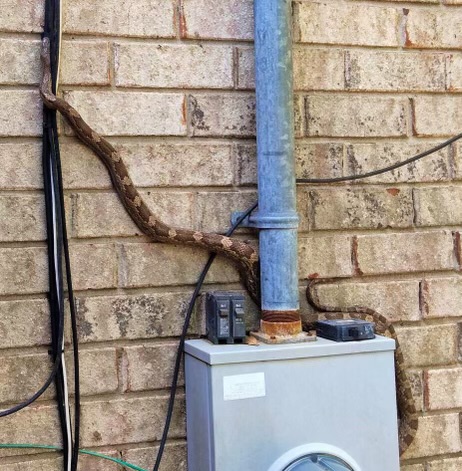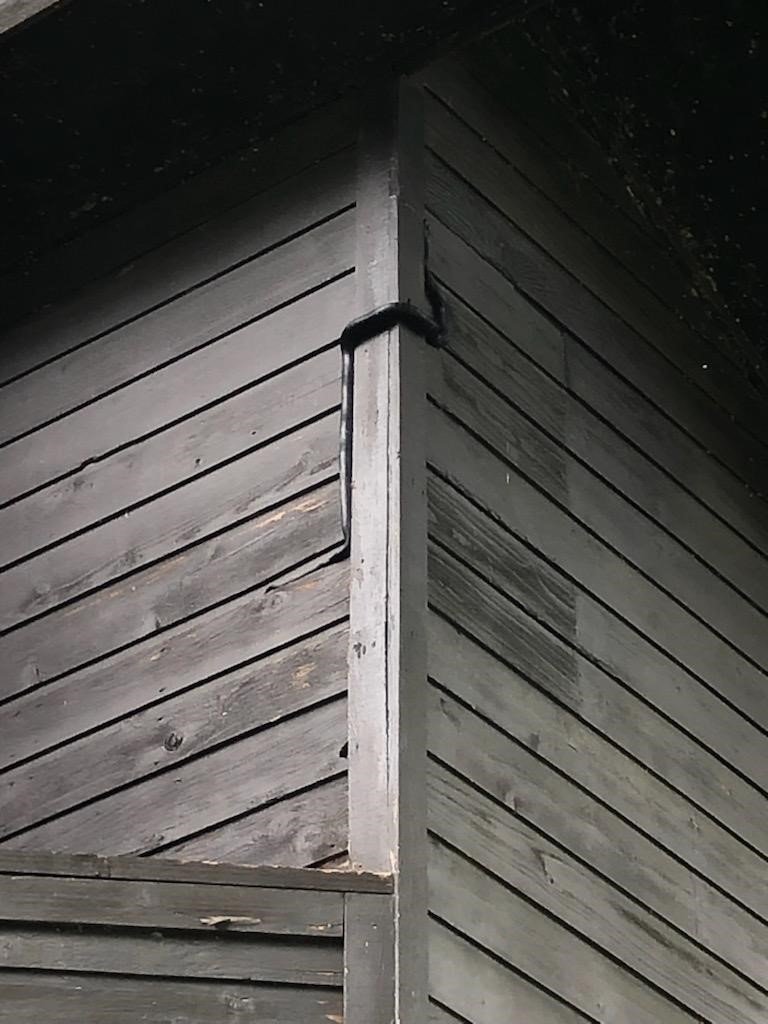Snakes are remarkable creatures with unique ways of moving, and some snakes have excellent climbing abilities. Snakes have strong, flexible muscles and rough scales that help them grip tree bark and branches.
Though they may not seem like the ideal nesting grounds for snakes, attics offer the pests consistent temperatures and plentiful food. Since they are ectotherms, snakes need stable climates to regulate their body temperature. Attics are reliably warm and humid, which makes them attractive.
Can Snakes Climb?
A few snakes are excellent climbers. Snakes do not stick like lizards or insects; they cannot climb smooth surfaces. The snake needs something to grab onto and push off of. Snakes can use their strong muscles and scale texture to grip onto surfaces and make their way up vertical areas like walls, trees, or even the outer structure of a house.
Here are some snake species native to the United States that can climb:
- Black Racer
- Corn Snake
- Garter Snake
- Rat Snake
- Rough Green Snake
- Scarlet Snake
- Smooth Green Snake
Can Snakes Climb Walls?
Snakes can climb walls due to their unique anatomical features and movement patterns. They have a flexible body structure that allows them to grip and maneuver on various surfaces.
Snakes can climb rough or textured walls like brick walls, stone walls, stucco, or wood siding. Snakes cannot climb up a smooth or slipper service that lacks the necessary friction to gain purchase.
The ability of snakes to climb walls and various surfaces is a remarkable adaptation that allows them to access different environments and resources.
Can Snakes Climb Stairs?
Snakes can climb stairs, as they can move vertically and navigate different surfaces. Factors like the material and texture of the stairs, as well as the presence of any cracks or crevices, can affect a snake’s ability to climb.
Can Snakes Climb Trees?
Yes, snakes will climb trees! Rattlesnakes often climb trees to ambush prey when they wander under them.
Can Snakes Climb Fences?

Will Snakes Climb into an Attic?
Yes, snakes will climb into your attic. Snakes are ambush hunters so they need to be where their prey live. Rodents typically live in attics which happen to be dietary staples for snakes. Snakes will follow the path rats and mice take to infest your home using their entry holes to get inside.

How Do Snakes Get into the Attic?
To reach an attic, snakes are often attracted to potential entry points. These entry points could include gaps or cracks in the foundation, loose siding, or gaps between rooflines and fascia boards. They can also utilize nearby trees, branches, or shrubs to gain access to the roof.
Once a snake finds an entry point, their flexible bodies allow them to squeeze through small openings that might seem impenetrable to other creatures. The pests then get inside via gaps in roof eaves, open windows, holes, or vents.
Removing Snakes from Attics
Since some species of snakes are venomous and deadly, it is important for homeowners to contact professional wildlife control at the first sign of snake activity. Even non-venomous snakes can inflict painful bites on house residents. The specialists at Critter Control safely handle the pests and effectively rid homes of snakes in attics.
Removing Snakes from Attics
Homeowners need to contact professional wildlife control at the first signs of snake activity. Some species of snakes are venomous. Even non-venomous snakes can inflict painful bites on house residents.
More importantly, a snake infestation is usually a sign of rats or mice. Not only will the experts at Trutech devise a plan to get rid of snakes, we will also investigate
Get them out.
Keep them out.®
Experiencing a wildlife or pest issue? We can help! Complete this form and your local Critter Control® office will contact you to assist.
- Baby Snakes: Identification & Behavior
- Snake Activity in Winter
- Non-Venomous Snake Removal
- Snakes in Crawl Spaces
- Venomous Snake Removal
- Snake Diet
- Snake Identification: Venomous and Non-Venomous Snakes
- Life Cycle of a Snake: Reproduction & Removal
- Types of Snakes in North America
- Snakes in Your Basement or Crawl Space
- Snakes in the Bathroom
- Snakes in the Kitchen – Entry & Prevention
- Snakes in a Garage or Shed
- Snakes in Your Grass or Yard
- Snakes in Your Pool
- Snakes Under Your House or Deck
- Snake Poop & Droppings
- Snake Holes: Problems & Removal
- Snakes in the House

